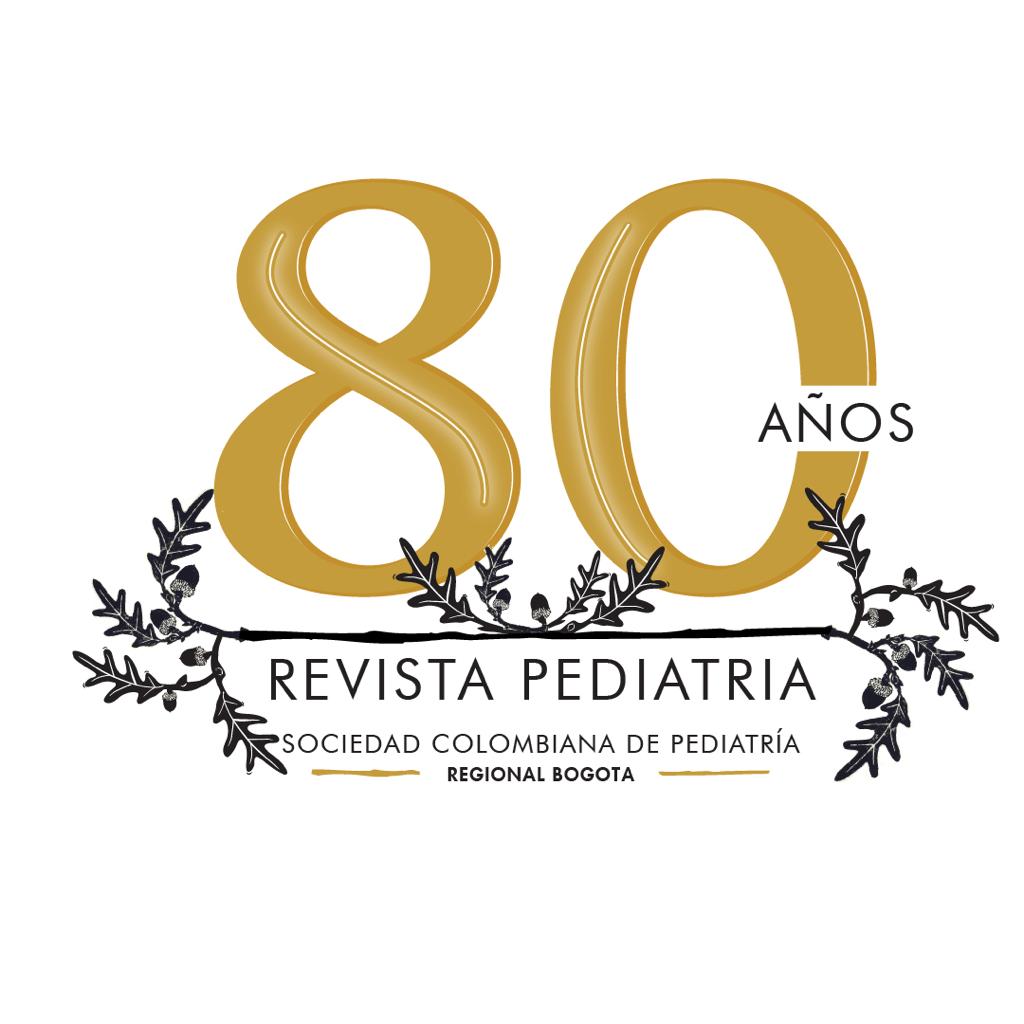Neuromyelitis optica in a pediatric patient
Main Article Content
Abstract
Background: neuromyelitis optica is mainly characterized by severely affecting the spinal cord and optic nerves, either in a single clinical episode or in outbreaks and remissions, being a cause of disability in young people and adults. It is classified as an optic-medullary variant of multiple sclerosis. However, studies suggest differences between the two, mainly due to the presence of a specific antibody in the blood called Immunoglobulin G anti-neuromyelitis optica (IgG-NMO) or anti-aquaporin 4 (AQP4) that binds to water channels scattered in the central nervous system (CNS). AQP4 is also offered as a diagnostic test. Case report: this is a pediatric patient diagnosed with neuromyelitis optica, with visual symptoms and motor involvement in the lower extremities, treated with oral azathioprine and later rituximab, with an adequate response to management. Conclusion: NMO should be considered in the pediatric age, the differential diagnosis of multiple sclerosis, and early management should be started to avoid complications and recurrences.
Downloads
Article Details

This work is licensed under a Creative Commons Attribution-NonCommercial-NoDerivatives 4.0 International License.
Creative Commons
License Attribution-NonCommercial-ShareAlike 4.0 International (CC BY-NC-SA 4.0)
You are free to:
Share - copy and redistribute the material in any medium or format.
Adapt - remix, transform, and build upon the material The licensor cannot revoke these freedoms as long as you follow the license terms.
• Attribution — You must give appropriate credit, provide a link to the license, and indicate if changes were made. You may do so in any reasonable manner, but not in any way that suggests the licensor endorses you or your use.
• NonCommercial — You may not use the material for commercial purposes.
• ShareAlike — If you remix, transform, or build upon the material, you must distribute your contributions under the same license as the original.
• No additional restrictions — You may not apply legal terms or technological measures that legally restrict others from doing anything the license permits.
References
Claudio Meza P. , Alejandro Henríquez C. , Andrés Jara Q. y Pilar Canales F; Clinical aspects in neuromyelitis optica spectrum disorders: literature review; REV CHIL NEURO-PSIQUIAT 2016; 54 (3): 228-238.
Beekman J, Yeaman M, et al; Neuromyelitis optica spectrum disorder; Neurol Neuroimmunol Neuroinflamm 2019;6:e580. DOI: https://doi.org/10.1212/NXI.0000000000000580
Wingerchuk D, Lennon V, Pittock s, et al; Revised diagnostic criteria for neuromyelitis optica Neurology May 2006, 66 (10) 1485-1489. DOI: https://doi.org/10.1212/01.wnl.0000216139.44259.74
Lennon VA, Wingerchuk DM, Kryzer TJ, Pittock SJ, Lucchinetti CF, Fujihara K, et al. A serum autoantibody marker of neuromyelitis optica: distinction from multiple sclerosis. Lancet 2004; 364: 2106-12. DOI: https://doi.org/10.1016/S0140-6736(04)17551-X
Wingerchuk DM, Lennon VA, Lucchinetti CF, Pittock SJ, Weinshenker BG. The spectrum of neuromyelitis optica. Lancet Neurol 2007; 6: 805- 15. DOI: https://doi.org/10.1016/S1474-4422(07)70216-8
Mandler RN. Neuromyelitis optica - Devic’s syndrome, update. Autoimmun Rev. 2006. DOI: https://doi.org/10.1016/j.autrev.2006.02.008
Meza C; Henríquez A; Jara A; Canales P. Aspectos clínicos en el espectro de neuromielitis óptica: revisión de la literatura Clinical aspects in neuromyelitis optica spectrum disorders: literature review. Artículo de revisión; Chile; 08 - 2016. DOI: https://doi.org/10.4067/S0717-92272016000300007
Pittock SJ. Neuromyelitis optica: a new perspective. Seminars in Neurol 2008. DOI: https://doi.org/10.1055/s-2007-1019131
Quintero P, Gutierrez AM; Neuromielitis óptica, reporte de caso. Revistas científicas de salud. Bogotá, Colombia. Abril 2009.





